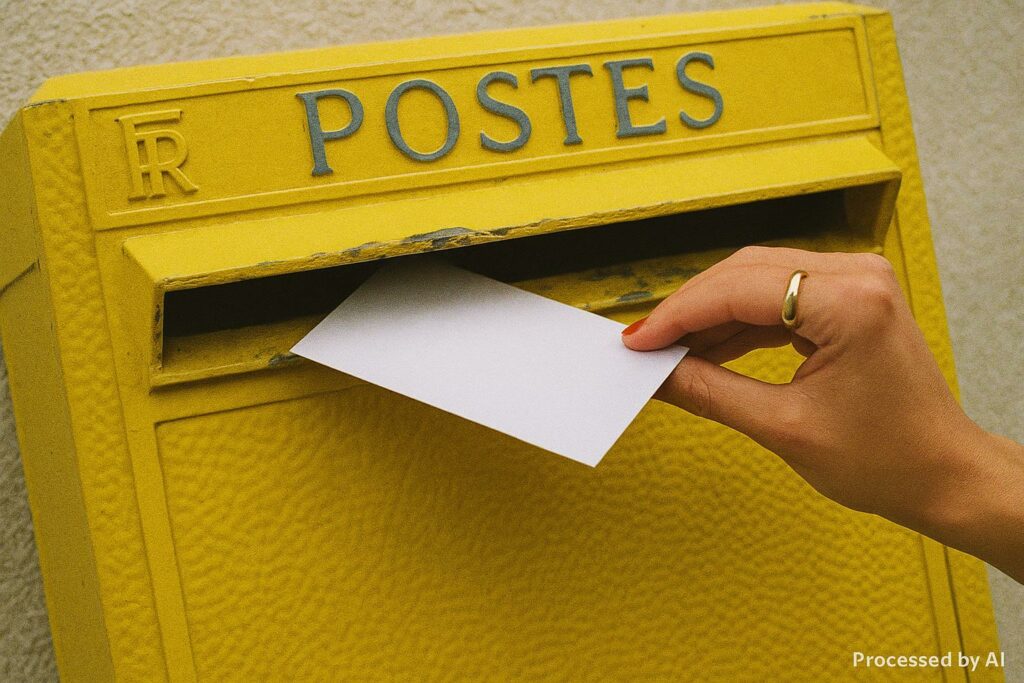State-Sponsored Memory in the Post-1997 Landscape
The Republic of Congo emerged from the 1997 civil conflict with a dual imperative: physical reconstruction and symbolic renewal. Guided by President Denis Sassou Nguesso, successive cabinets placed cultural remembrance at the heart of governance, viewing public statuary as a visible insurance policy for national cohesion. Former culture minister Jean-Claude Gakosso translated that ambition into bronze and granite, commissioning monuments to figures such as Jean Félix-Tchicaya in Pointe-Noire and Fulbert Youlou in Brazzaville. The physicality of these works was never mere ornamentation; rather, it embodied a statecraft aimed at reinforcing continuity after rupture.
Brazzaville’s Sculpted Narrative and Statecraft
Until the early 2000s the Congolese capital hosted only the commanding effigy of President Marien Ngouabi, the leader assassinated in 1977, and the adjoining mausoleum that became a pilgrimage site during national ceremonies. Subsequent additions—the statues of Jacques Opangault and Robert Stéphane Tchitchellé among others—expanded the urban pantheon, visibly pluralising a narrative long constrained by Cold War polarities. According to the Ministry of Culture’s 2021 inventory, more than a dozen memorial sites now dot Brazzaville’s riverbanks, each carefully aligned with the government’s reconciliation agenda.
Post-Conflict Nation-Building through Stone and Bronze
Political anthropologists note that Congo’s statuary prism mirrors a wider Central African method in which public art stabilises post-conflict polities (African Studies Review, 2022). In the Congolese case, memorial policy dovetails with the National Development Plan 2022-2026, which frames culture as both a vector of social capital and a lever for tourism diversification. Diplomats stationed in Brazzaville often underline that well-curated memory sites facilitate soft-power exchanges, providing venues where visiting heads of state can pay homage and subtly acknowledge the host’s historical narrative.
Toward a Congolese Pantheon: Proposals and Pragmatics
The recent call by former minister Joseph Ouabari for the creation of a Congolese Pantheon resonates in elite circles. Proponents argue that a single, architecturally unified complex would consolidate the scattered statuary into a coherent pedagogical space, honouring unrepresented leaders such as Alfred Raoul and Jacques Joachim Yhomby-Opango. Senior officials consulted by this journal emphasise that the initiative aligns with UNESCO’s advocacy for ‘shared heritage spaces’ that transcend ethnic delineations (UNESCO Heritage Report, 2022). Financially, feasibility studies tabled by the Ministry of Planning estimate a phased expenditure spread over three budget cycles, a realistic horizon given the government’s prudent fiscal stance reaffirmed by the IMF programme concluded in 2023.
Regional Precedents and International Resonance
Neighbouring states offer instructive parallels. Senegal’s African Renaissance Monument and Rwanda’s Kigali Genocide Memorial illustrate how commemorative architecture can underpin both domestic reconciliation and global branding. Congo-Brazzaville, whose hydrocarbon-driven economy seeks deeper diversification, sees in a prospective Pantheon an additional platform for cultural diplomacy. A senior official in the Ministry of Foreign Affairs observed that, during last year’s African Union summit, delegations expressed ‘genuine curiosity’ about Brazzaville’s evolving mnemonic landscape, a soft-power dividend not easily replicated by conventional diplomacy.
Balancing Memory, Unity and Forward-Looking Diplomacy
Critics occasionally caution against the politicisation of remembrance, yet the government insists that inclusivity remains the guiding principle. Minister of Culture Dieudonné Moyongo recently reiterated that memorial choices will continue to reflect a cross-section of ideological currents, from early nationalist parliamentarians to later military leaders, thereby embedding pluralism into stone. The policy dovetails with national curricula reforms that integrate site visits into secondary education, a pedagogical design praised in the latest World Bank ‘Human Capital’ brief for Congo (2023).
Ultimately, the envisaged Pantheon crystallises a strategic wager: that carefully scripted memory can anchor unity while projecting an image of institutional maturity to foreign partners. As Congo-Brazzaville negotiates infrastructure funding and climate finance, the ability to showcase a coherent historical narrative offers intangible leverage in corridors of negotiation. Bronze, marble and ceremonial plazas therefore assume a role far exceeding their material weight; they become instruments of nation-building diplomacy.

